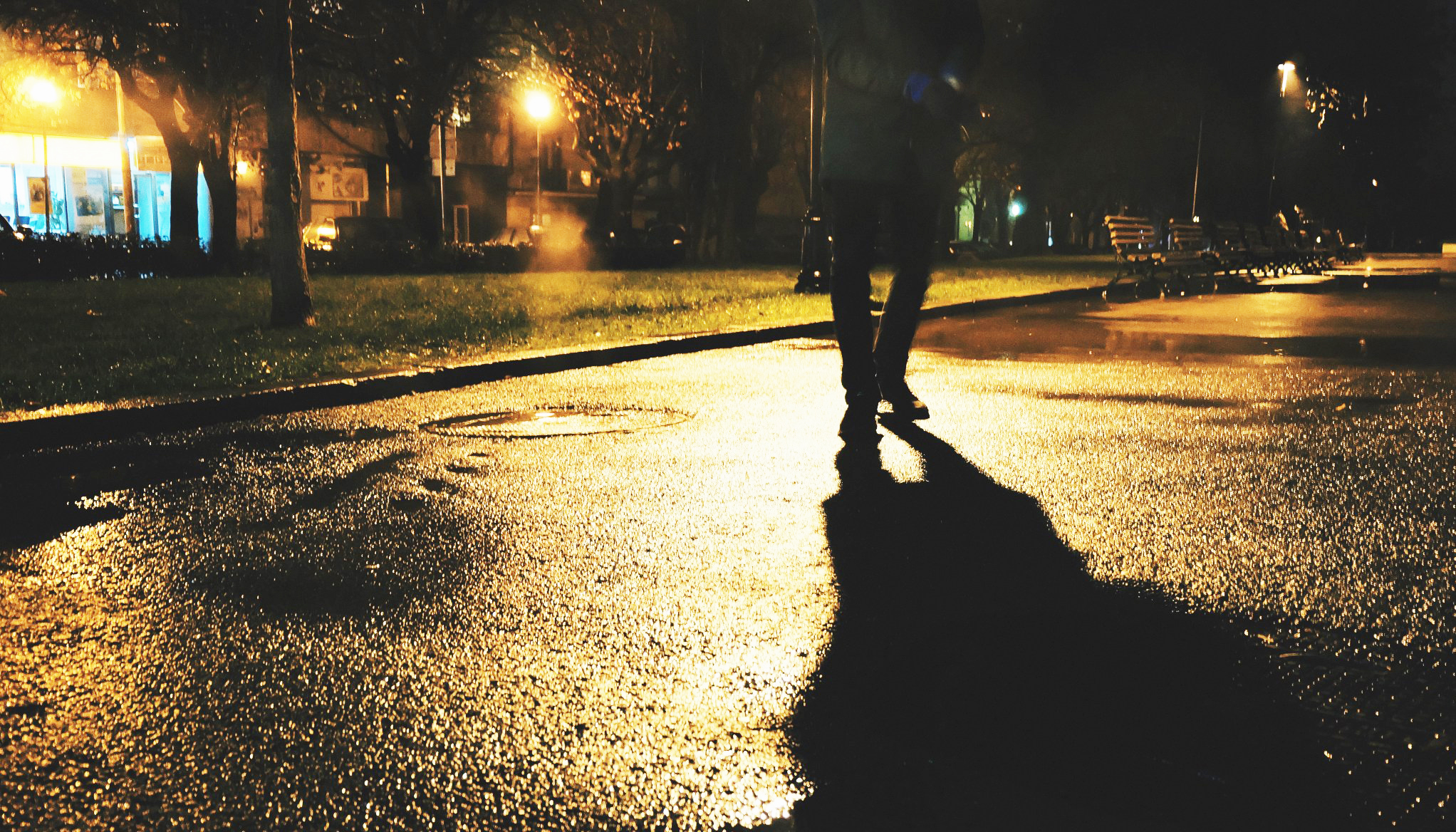In case you had any doubt, urban design matters. A new study led by a research team at University of California at Irvine shows that people walk more when their neighborhood is close to Main Street.
The study found that residents of "traditionally designed" areas, with a downtown-style shopping district, were three times more likely to travel on foot than those who live in newer, suburban-style neighborhoods with shops located along car-centric roadways. Residents of walkable, urban-style neighborhoods also used their cars less often, the study found.
Kaid Benfield at Network blog NRDC Switchboard elaborates:
Notably, the residents of the centered neighborhoods were found to take shorter trips, suggesting that walkable proximity – both closeness and a safe, direct walking route – to shops and services is also important. It may not do much to encourage walking, for example, if the dry cleaner’s is a quarter mile away as the crow flies but you have to travel two or three times that far navigating busy roads around the subdivision to get there.
This is true even when the data are controlled for individual and household economic and demographic characteristics.
Boarnet’s team studied travel and land-use data from eight neighborhoods in the South Bay area of Los Angeles County. Micro-variations in one study area were examined in particular detail to confirm that “self-selection” (for example, that people who innately like to walk were choosing the centered neighborhoods but would have walked just as much wherever they located) was not contaminating the findings.
Elsewhere on the Network today: Charlottesville Tomorrow reports that environmental groups are working hard to cancel the Western Bypass of US 29, central Virginia's boondoggle sprawl project. Los Alamos Bikes writes that the city of Albuquerque is not living up to its "Bike Friendly Community" title. And Systemic Failure explains that the city of San Rafael's idea of transit-oriented development looks an awful lot like auto-oriented development.






